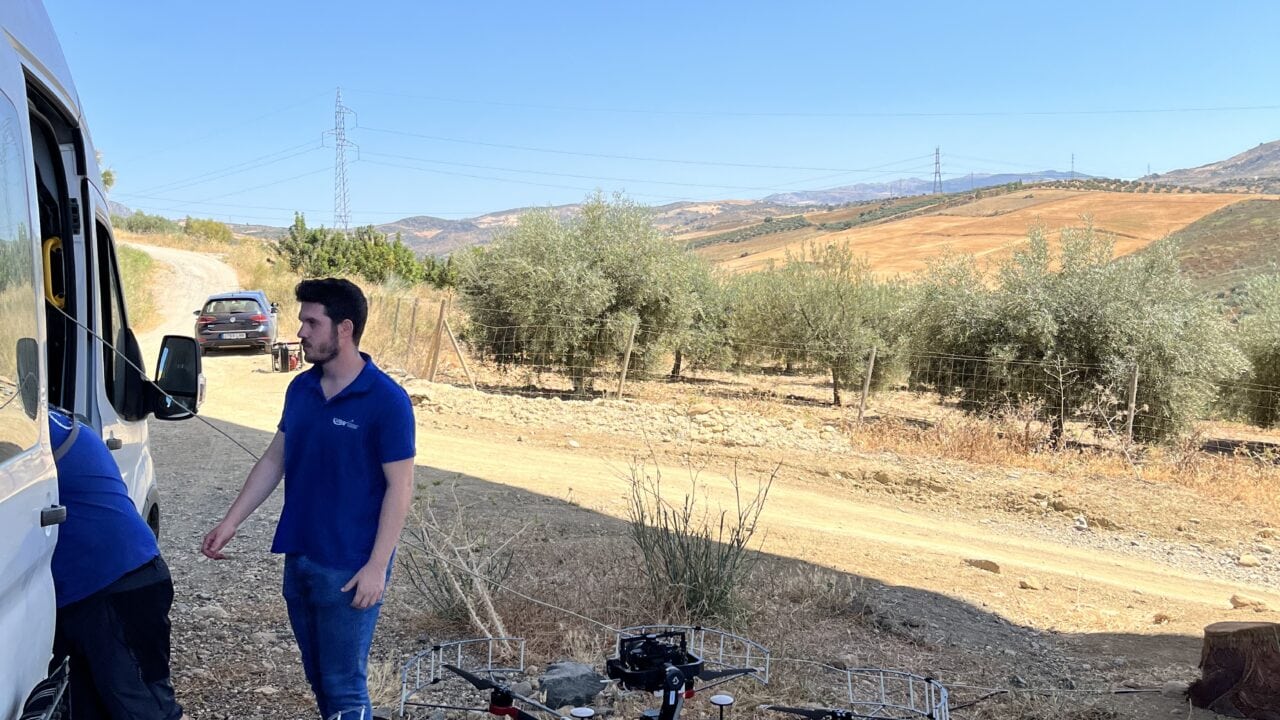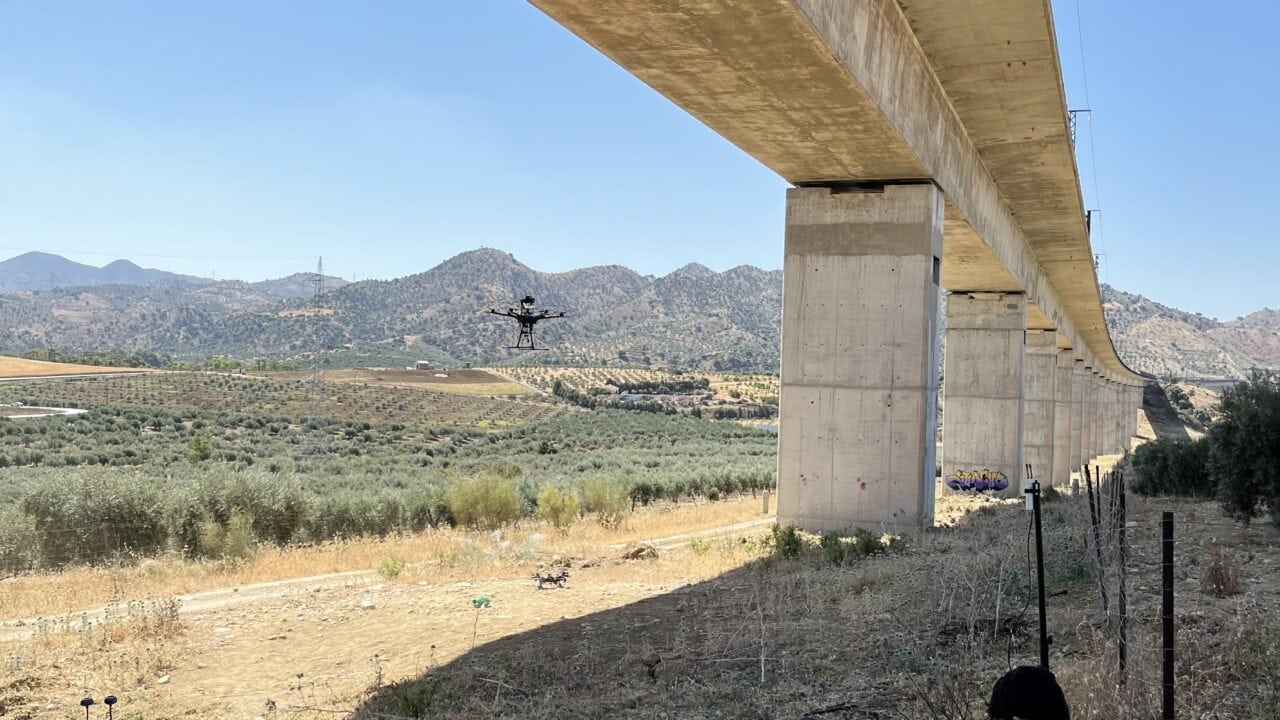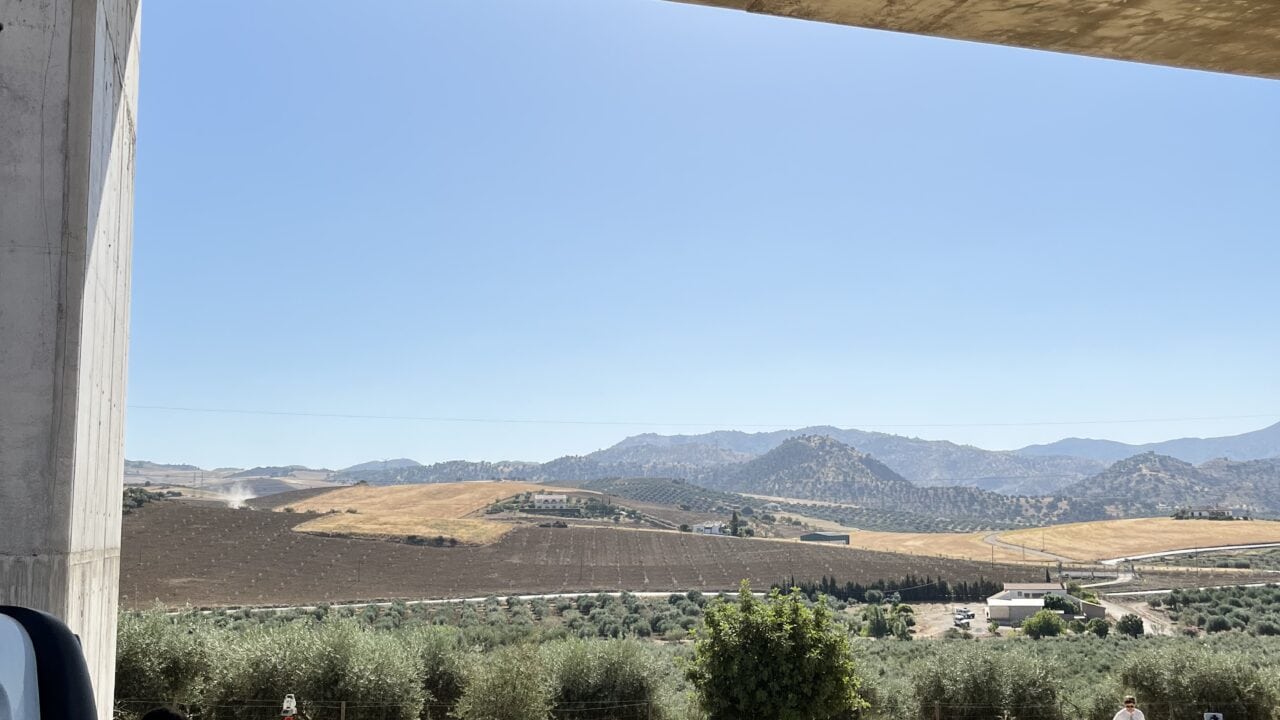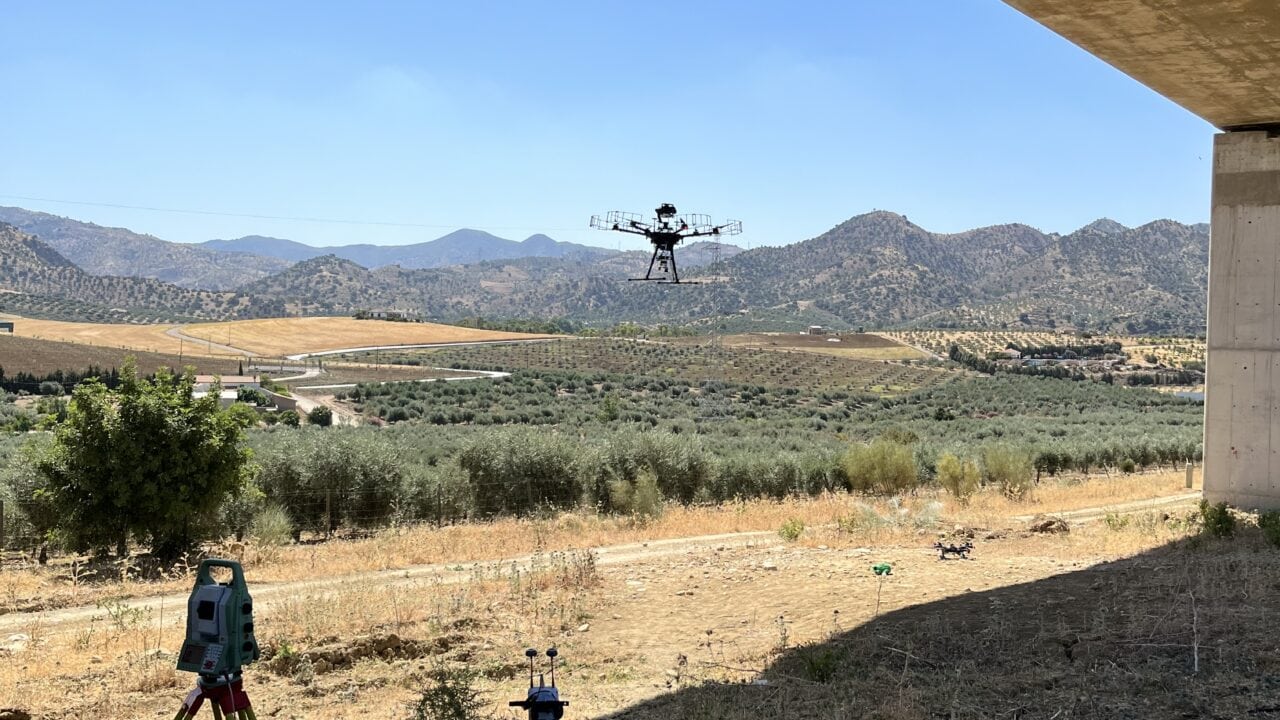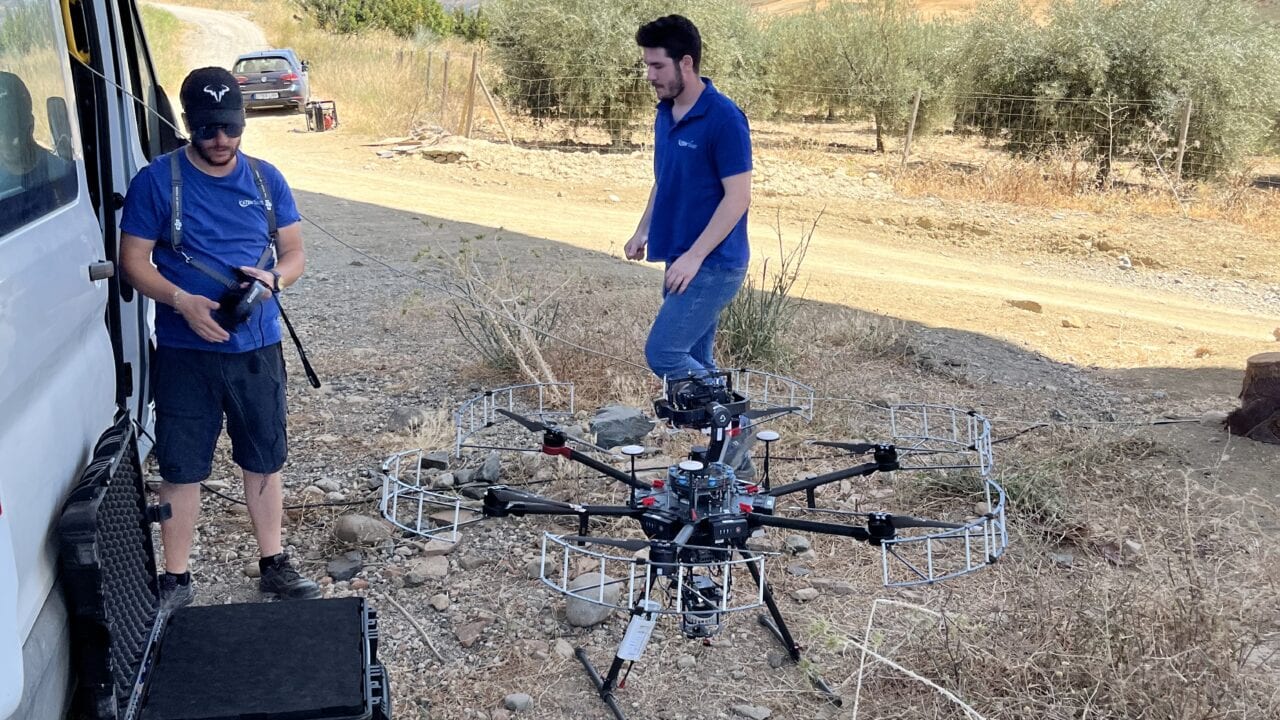Each project and asset is legally independent and has its own managers.
Piloting
Most of the refineries and civil engineering infrastructures (bridges and viaducts) in Europe have been in use for more than half a century.
These pieces of infrastructure are wearing down due to aging, environmental conditions, increased load, changes in use, damage caused by human or natural forces, inadequate maintenance, or delayed repairs. They therefore urgently need new inspection, assessment, and repair strategies.
According to EU data, 330,000 rail bridges (66% of the total in Europe) are over 50 years old, and almost 60% of road or rail bridges (840,000 bridges) are made of concrete. In addition, some 55,000 of the 1.5 million bridges in Europe require continual inspection because of their criticality or age.
The European research project PILOTING promotes robotic technology to improve the inspection and maintenance tasks for infrastructure. For bridges alone, and working under the assumption that a third of these infrastructures can be inspected with robotic technologies, the potential market is around €70 million per year.
Specifically, the PILOTING platform will be evaluated in three scenarios: bridges, tunnels, and refineries. The first solutions to be validated within the project framework will be those relating to bridge inspection, with a solution based on aerial robots, which can take high-resolution images of the bridge/viaduct; these images will subsequently be analyzed by software based on artificial intelligence.
This technology, which is based on intelligent and highly autonomous robotic systems, allows inspection and maintenance operations to be carried out in less time, thus reducing costs, improving the quality of inspections by collecting and compiling real, reliable data from inspections, and finally, reinforcing the safety of the operators in charge of carrying out this type of visual inspections on bridges and viaducts. This examination is usually carried out by an operator who must work at significant heights, and it serves to reveal possible defects in the infrastructure (such as cracks, corrosion, delamination, water leakage, etc.).
Validation at the Arroyo del Espinazo Viaduct, Álora (Malaga)
Since its launch in January 2020, the PILOTING project has worked on the adaptation, integration, and demonstration of robotic solutions to increase the efficiency of inspection and maintenance activities in aging civil infrastructure. This set of technologies is composed of 10 aerial and ground robots, among them the robotic solutions that have been validated today at the Arroyo del Espinazo Viaduct in the Malagan town of Álora: AEROCAM, an aerial robotic platform for visual inspection, and VIAD- DRONE, an aerial platform that enables placing measuring devices on the infrastructure and obtaining more measurement information. The latter was validated today for the first time, while this was done for AEROCAM last April at the same viaduct.
Validating this technological solution is being spearheaded by CATEC, Ferrovial, and the University of Seville. The specific cases demonstrated today are:
- AEROCAM: general automated visual inspection of the infrastructure and detailed visual inspection of possible defects detected (CATEC).
- VIAD-DRONE: multifunctional drone for inspection with contact on viaducts (University of Seville)
- Other functions of VIAD-DRONE: installation of sensor box and visual inspection of neoprene (University of Seville)
- Presentation of Artificial Intelligence algorithms: analysis of inspection images using artificial intelligence (University of Seville)
- VIAD-DRONE and AEROCAM flight demonstration
The use of robotic technologies combined with Artificial Intelligence offers a set of advantages over a traditional inspection process. This is because the platform is capable of utilizing several robots, allowing workers to be supported in high-risk jobs, eliminating work at height, and providing greater information for decision-making, and this in turn allows for more regular inspections of critical infrastructures and industries.
This is the first test scenario where these technologies have been validated, but the PILOTING project includes other robotic solutions and new scenarios in other key industries such as refineries (in France) and tunnels (in Greece).

